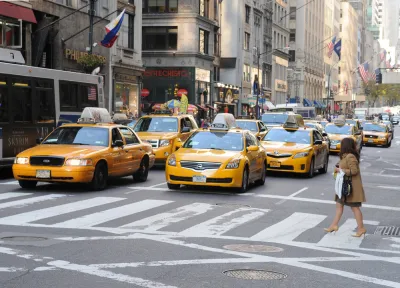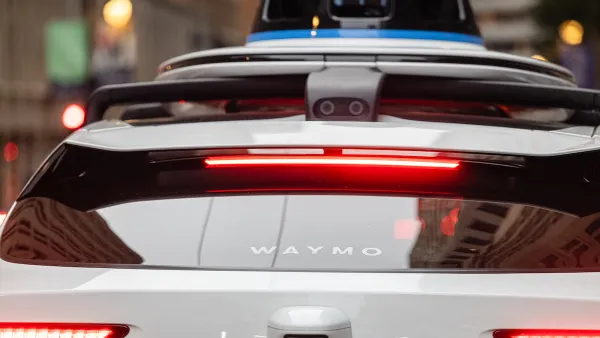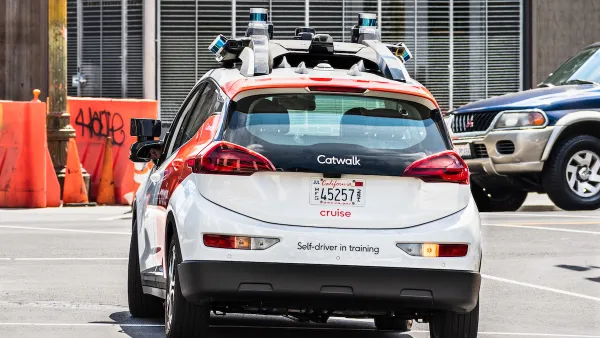With experts predicting widespread autonomous vehicle (AV) adoption in the not-too-distant-future, many policymakers, designers, and ordinary citizens are left scratching their heads, uncertain of what to expect and how to prepare.

We asked John Eddy, who leads Arup’s research into the impact of AVs on the built environment, and Ryan Falconer, head of the firm’s Canadian transportation consulting business, to stage a mock debate about the risks and rewards of a driverless future.
Let’s start with active transportation. John, will AVs make our cities better for pedestrians and cyclists? How will they encourage people to get out of cars and use active transportation, universally acknowledged to be better from the standpoint of public health and greenhouse gas emissions?
John: There’s no question we’ll be able to create a much safer environment for active travel. Shared autonomous vehicles will need less parking and road space than today’s cars, so we’ll be able to devote more space to pedestrians and cyclists. And although the price of car rides should drop with driverless cars, I don’t think that’s going to stop people from using active transportation. There are multiple reasons why somebody walks or rides a bike, and a lot of it comes down to personal preference.
Ryan: I think the convenience of autonomous vehicles will disincentivize people from using active transit. I’ll link that very strongly to one of the points we’ll get to momentarily: sprawl, which will discourage people from taking active transport because of the travel distances involved.
FULL STORY: A civil debate: Are driverless cards good for cities?

Analysis: Cybertruck Fatality Rate Far Exceeds That of Ford Pinto
The Tesla Cybertruck was recalled seven times last year.

National Parks Layoffs Will Cause Communities to Lose Billions
Thousands of essential park workers were laid off this week, just before the busy spring break season.

Retro-silient?: America’s First “Eco-burb,” The Woodlands Turns 50
A master-planned community north of Houston offers lessons on green infrastructure and resilient design, but falls short of its founder’s lofty affordability and walkability goals.

Test News Post 1
This is a summary

Analysis: Cybertruck Fatality Rate Far Exceeds That of Ford Pinto
The Tesla Cybertruck was recalled seven times last year.

Test News Headline 46
Test for the image on the front page.
Urban Design for Planners 1: Software Tools
This six-course series explores essential urban design concepts using open source software and equips planners with the tools they need to participate fully in the urban design process.
Planning for Universal Design
Learn the tools for implementing Universal Design in planning regulations.
EMC Planning Group, Inc.
Planetizen
Planetizen
Mpact (formerly Rail~Volution)
Great Falls Development Authority, Inc.
HUDs Office of Policy Development and Research
NYU Wagner Graduate School of Public Service



























